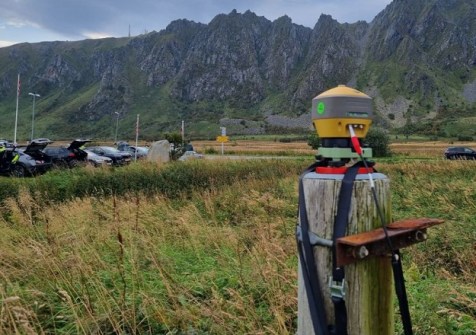
The National Land Survey of Finland (NLS) has deliberately exposed its equipment to GNSS interference during the Jammertest event so that researchers can develop solutions against it.
Jammertest, which was held at Andøya in Norway, gave NLS specialists and Finnish Geospatial Research Institute (FGI) researchers the opportunity to observe the effects of interference in a controlled environment.
Notably, the tests targeted a FinPos precise positioning reference station, and provided important information about the resilience of such stations.
According to the Finnish Transport and Communications Agency, Traficom, this year there have been around 1,200 notifications of GPS interference in the aviation sector across Finland, compared to 239 last year.
The Jammertest event was a “great opportunity to put GNSS equipment and methods to test and to share experiences with other experts in the field from all over the world,” said José Vallet, Senior Research Scientist with the FGI.
The team from the NLS and FGI prepared and used a wide variety of equipment of different quality, from consumer-grade to that used in professional mapping and surveying. Also included were high-grade reference stations.
Different tests were done under static and dynamic conditions. For example, a professional GNSS RTK receiver used by surveyors was operated under the effect of five different jammers.
NLS says the event provided NLS and FGI with a significant amount of data, and new useful knowledge and ideas.
“Analysing data from Jammertest is now in progress in NLS and FGI,” said Martta-Kaisa Olkkonen, Research Group Manager from the Finnish Geospatial Research Institute (FGI).
“On the one hand, the outcomes will influence the already adopted strategies to further increase the robustness of NLS’ services in the near future, and on the other hand they will shape the future research directions and test plans of our colleagues at FGI, both in our laboratories and in forthcoming editions of the Jammertest and alike events.”







